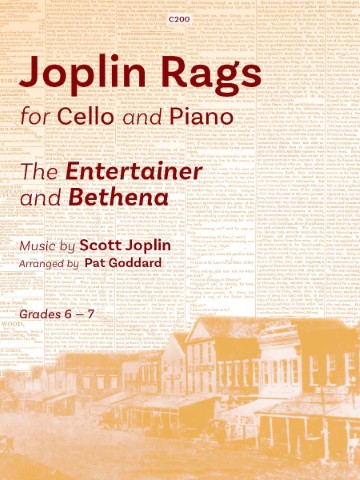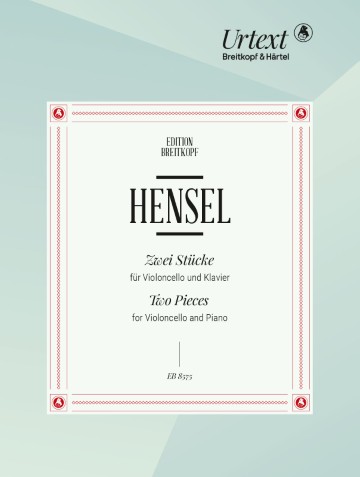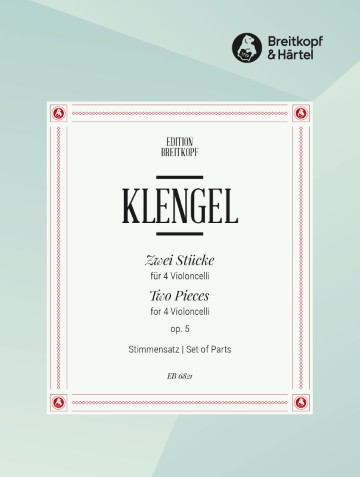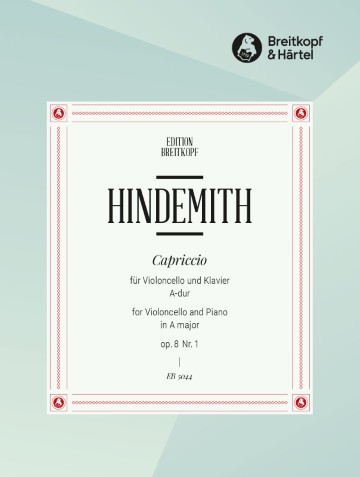Your basket is currently empty!
French Baguettelles
Favourite French Melodies
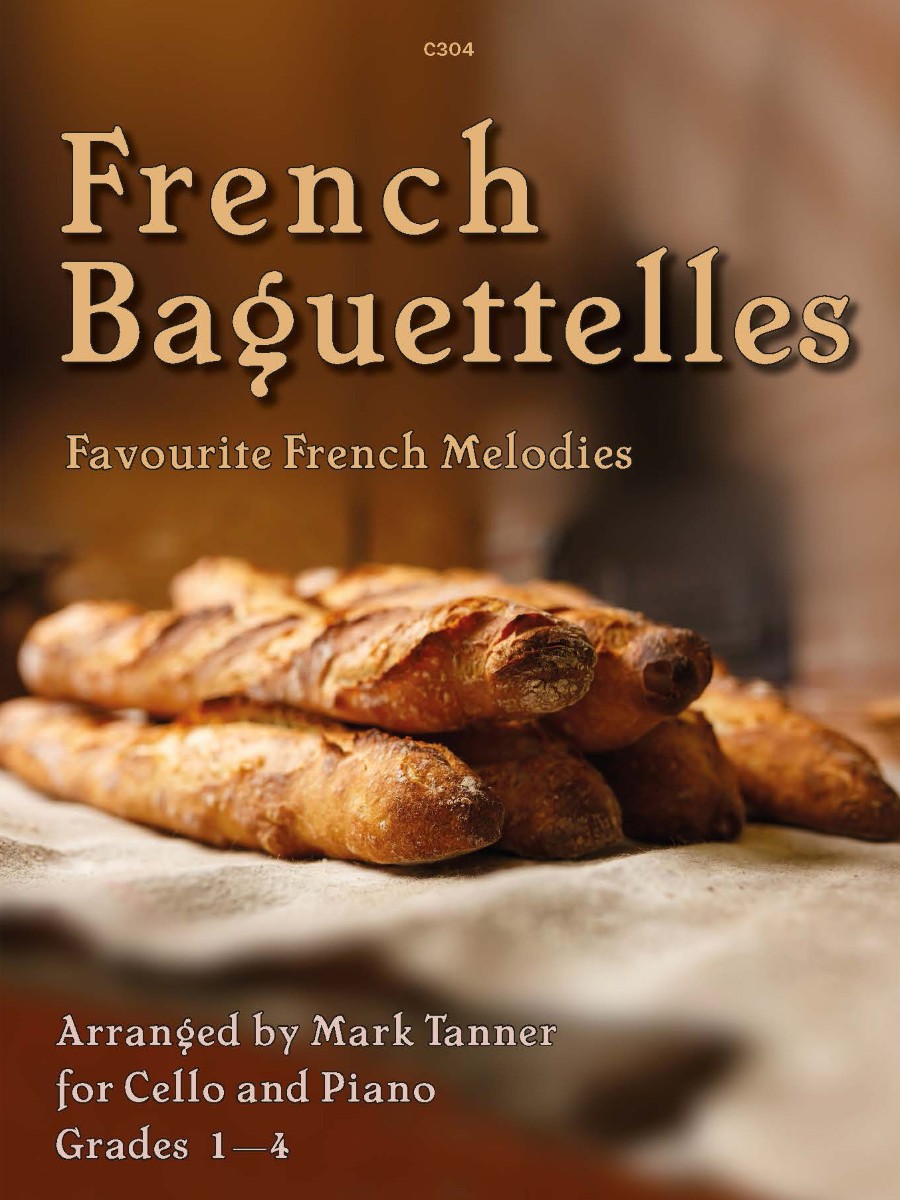
Description
Composer Mark Tanner has written about French Baguettelles: In creating these dozen arrangements I am unashamedly cherry-picking from a long and rich seam of French …music. I feel confident that younger players and those relatively new to the cello will enjoy my selection. Forgive my tongue-in-cheek title for the book, French Baguettelles (I’m half French, so I don’t feel too guilty!), for the music herein has more than a hint of garlic about it. Although there are certainly serious overtones to one or two pieces, there is a healthy dollop of silliness to lighten the mood. Apart from Sur la Pont d’Avignon, which was reportedly written in the 15th century, Frère Jacques, which was a popular 18th century song, and Tambourin, which was in all probability also written in the 18th century (Gossec did however live well into the 19th century), all of the pieces come from composers who lived in the Romantic period. Ravel and Debussy were of course known for their impressionistic colours, though for the most part it is the accompaniments which reveal this characteristic most fully. I have endeavoured to keep the piano parts playable by mere mortals, conscious of the fact that cello teachers may not possess a virtuosic piano facility but may nevertheless wish to turn their hand to accompanying pupils for concerts, festivals, exams etc. Many of the pieces were originally written for the piano, either in its solo capacity (Ravel’s Pavane Pour une Infante Défunte, Chabrier’s Idylle, Satie’s Gymnopedie № 1, Debussy’s La Fille aux Cheveux de Lin), or in duet form (Fauré’s Berceuse from ‘Dolly Suite’). Three orchestral pieces, Bizet’s L’Arlésienne, Offenbach’s Can-Can and Saint-Saëns’s Danse Macabre, lend a welcome dramatic overtone to the book, while Franck’s exquisite Panis Angelicus, originally conceived as a choral piece, rounds off the selection admirably. In the main, it is the cello’s capacity for lyricism that has steered my choice of music, so really open up your sound and enjoy yourself with these ageless melodies. I wish you bonne chance! Mark Tanner Baguette: a thin loaf of bread, typically gold in appearance with diagonal grooves cut into the top. It remains the most popular form of French bread, and although its stick-like appearance is its most endearing feature, it is the precise ingredients in the dough that give it its chief characteristic flavour and texture.
R.R.P £12.95
Our Price £11.01
Shipping Costs: No shipping

